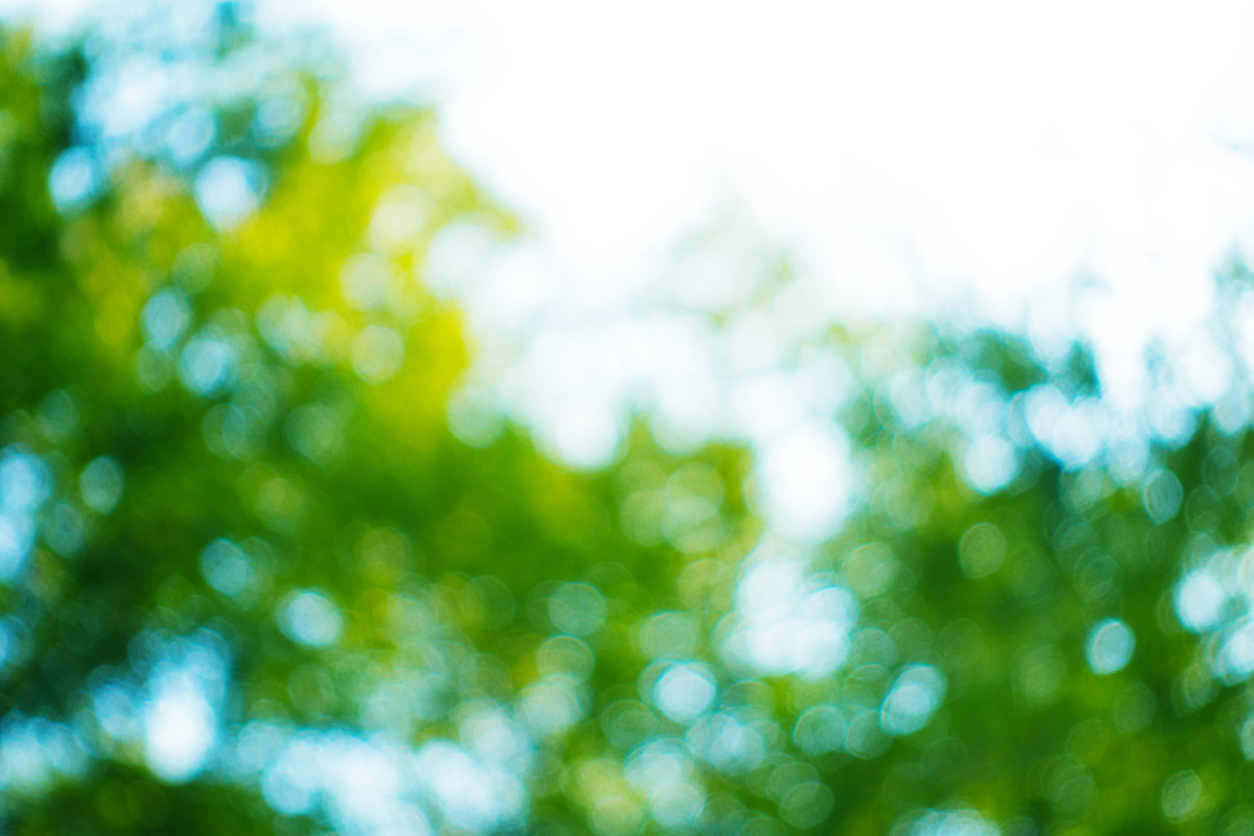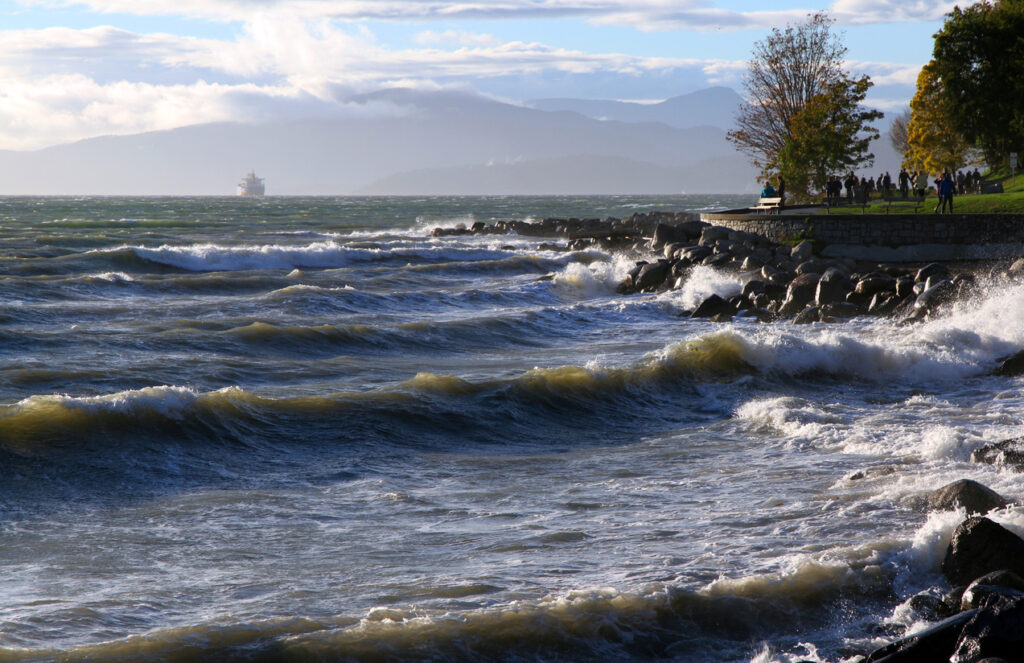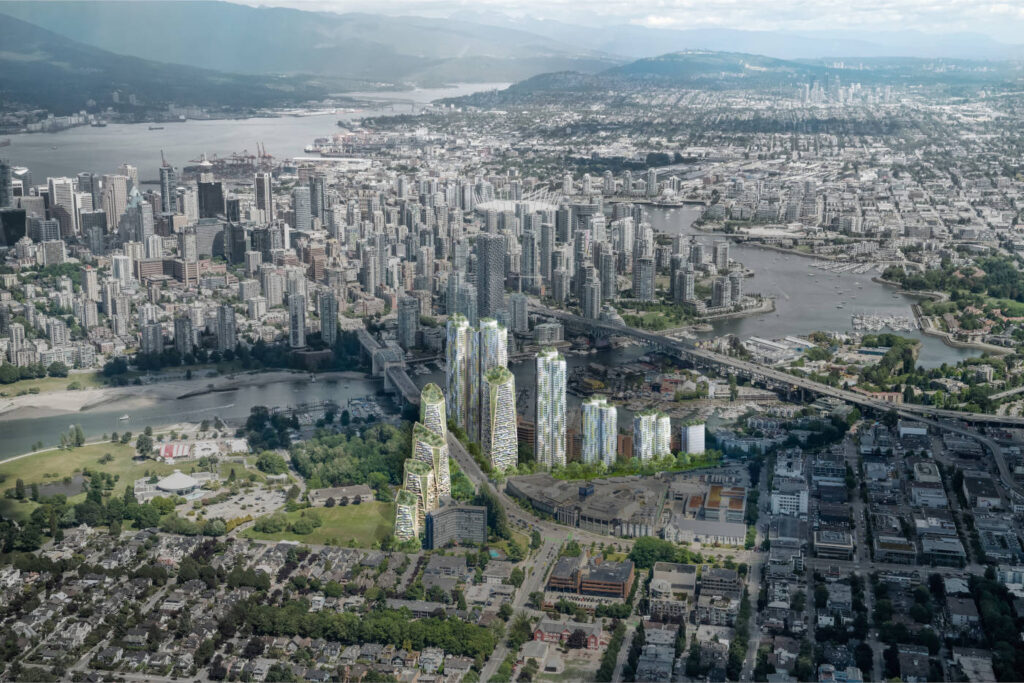We know what climate change is, and we also know what we can do to slow it down. But there’s another piece to the puzzle that’s missing: how do we deal with storms, wildfires, and droughts, all of which are made worse by climate change?
That’s a question answered by the term “climate resilience.”
Climate resilience describes what communities are doing to prepare the places they live for the impacts of climate change, many which are already happening. More specifically, the word “resilience” means preparing for issues that are multi-faceted and change over time.
Think about how we, as humans, can cope with both hot and cold environments without much more than a change of clothes. We can call this ability “resilience.” By making changes to the way we build our communities, we can make the places we live resilient as well.
The impacts of climate change are on our doorstep. Here’s what communities are doing to become more climate resilient.
Tsleil-Waututh Nation
The Tsleil-Waututh Nation, located on the North shore of Burrard Inlet, is thinking about ways that it can prepare its coastal community for incoming sea level rise.
Many of their innovative ideas follow a principle called “nature-based solutions” that aim to work with nature instead of against it.
For example, instead of building an artificial seawall out of concrete and cement, the Tsleil-Waututh steering committee for climate change resiliency is thinking about using natural wetland plants like grasses, sedges, and old logs. These work to protect the shoreline from erosion and flooding, while providing valuable habitat for local wildlife.
Tsleil-Waututh communities also want to grow clam gardens near the shoreline. The clams’ hard shells work to protect the shore from waves, and clams also provide a valuable and tasty source of locally grown food for the community.


